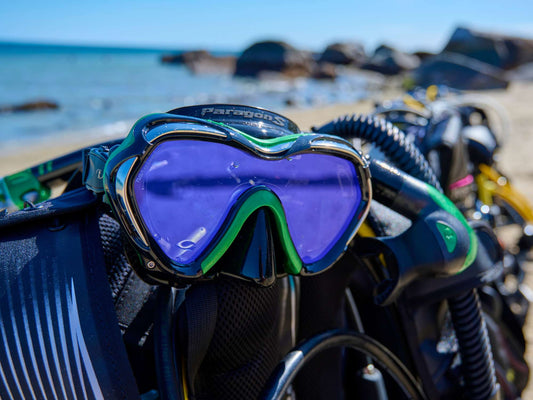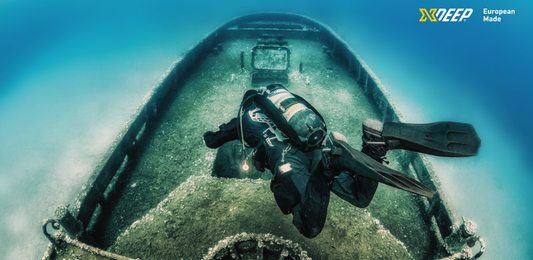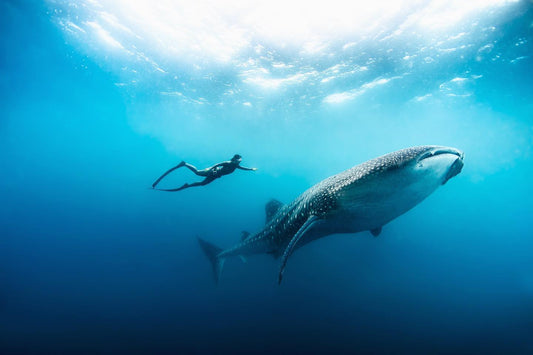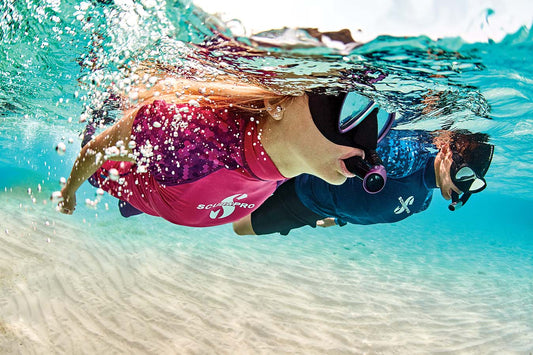
My wife has gone for a short holiday to Iceland. While she is there, she plans to make a dive or two in a famous lake. Sounds chilly, doesn’t it? She went at the same time last year to dive in the equally cold waters of British Columbia. She had a great time. Cold water diving can be a great experience but not if you are uncomfortable.
She dives in a drysuit and before she went to Iceland I sorted out two pairs of woolly socks, some Merino wool thermal underwear and a warm undersuit for drysuit for her to wear. Warm mitts and a warm diving hood augmented these insulating garments. Wearing a drysuit with the right insulation in cold waters can be more comfortable than wearing a wetsuit that is too thin in warmer waters.
Of course drysuits are more expensive than simple wetsuits or semidry suits so you should be choosy when you make your selection. A good fit is everything. If you are not an off-the-peg shape you can be measured up specially so that your drysuit fits impeccably. It’s not something to buy without a fitting first so go into the dive store for this purchase. Mike’s people are there to advise you.
You may say that you do insufficient diving in cold water to warrant the cost. When I last went to the Red Sea with my wife during an Easter break, she used her drysuit. She simply used it in conjunction with the Merino wool thermal underwear on its own. It meant that when she climbed out of it after a long dive, she was warm and comfortable while wetsuit divers were chilled by the wind and wrapped in their towels or hurrying to a warm shower.
There are basically two types of drysuit. Those that provide no insulation whatsoever but keep you dry and rely on what you wear underneath to keep you warm, and those that are made from a heavier neoprene that do a bit of both. The first types are called ‘membrane suits’. In between there are those made from lightweight neoprene that act like the first but because they are stretchy they can flex and provide a more tailored fit.
Take time to discuss you needs with the people at Mike’s to get what’s right for you.
Because drysuits contain a small amount of insulating air within the fibres of the undergarments, they are subject to compression as you go deeper. You need to add air on the way down via a direct-feed hose, just like the one on your BC, and release that air as it expands on the way up. Most suits nowadays come fitted with an automatic dump valve for this purpose but you still need to ensure it’s doing its job properly by positioning it so that it’s at the highest part of the suit. Buying a drysuit and going off to use it without being shown how to do that safely is fraught with danger so you need to get your diving instructor to oversee your first dives with it and ensure you are doing things safely.
A bonus of using a drysuit is that by keeping the air volume the same at all depths (by adding or dumping air accordingly) for routine single-tank diving your BC becomes redundant under water and you only need inflate it for surface support.
Warm and Happy Diving – John Bantin



